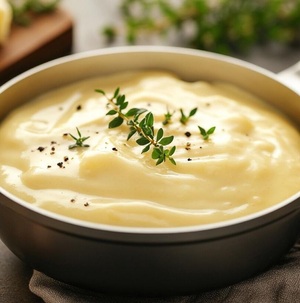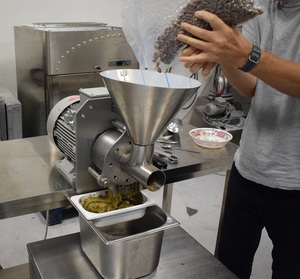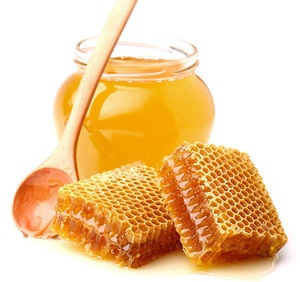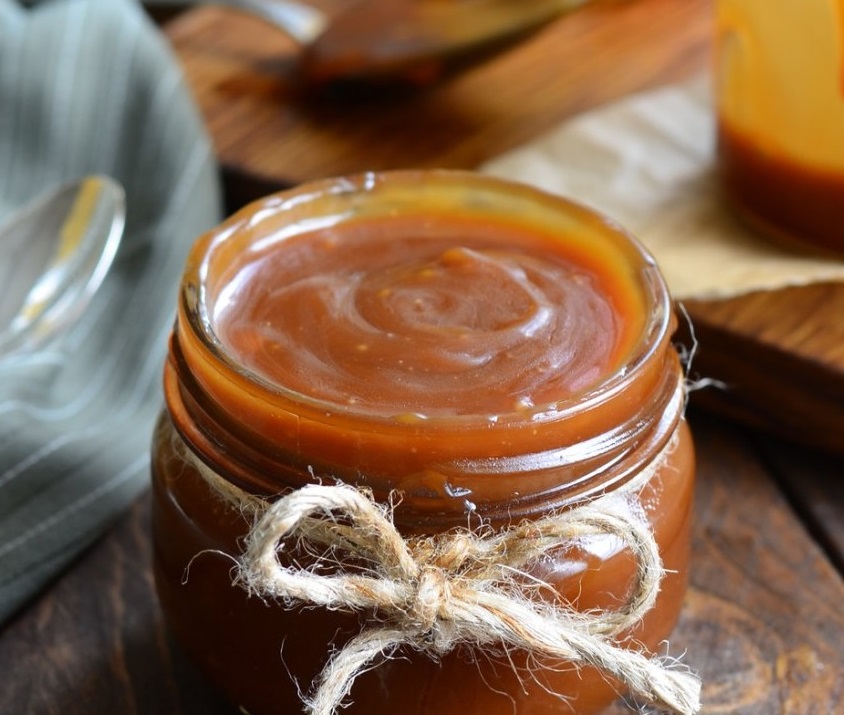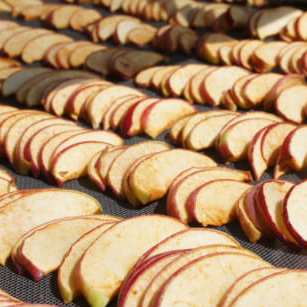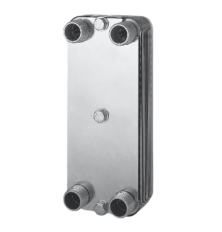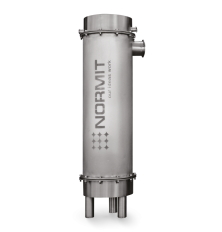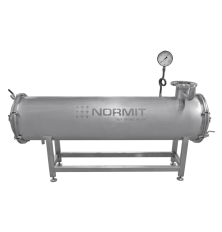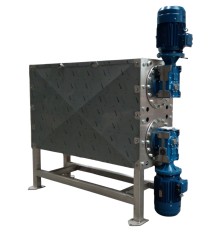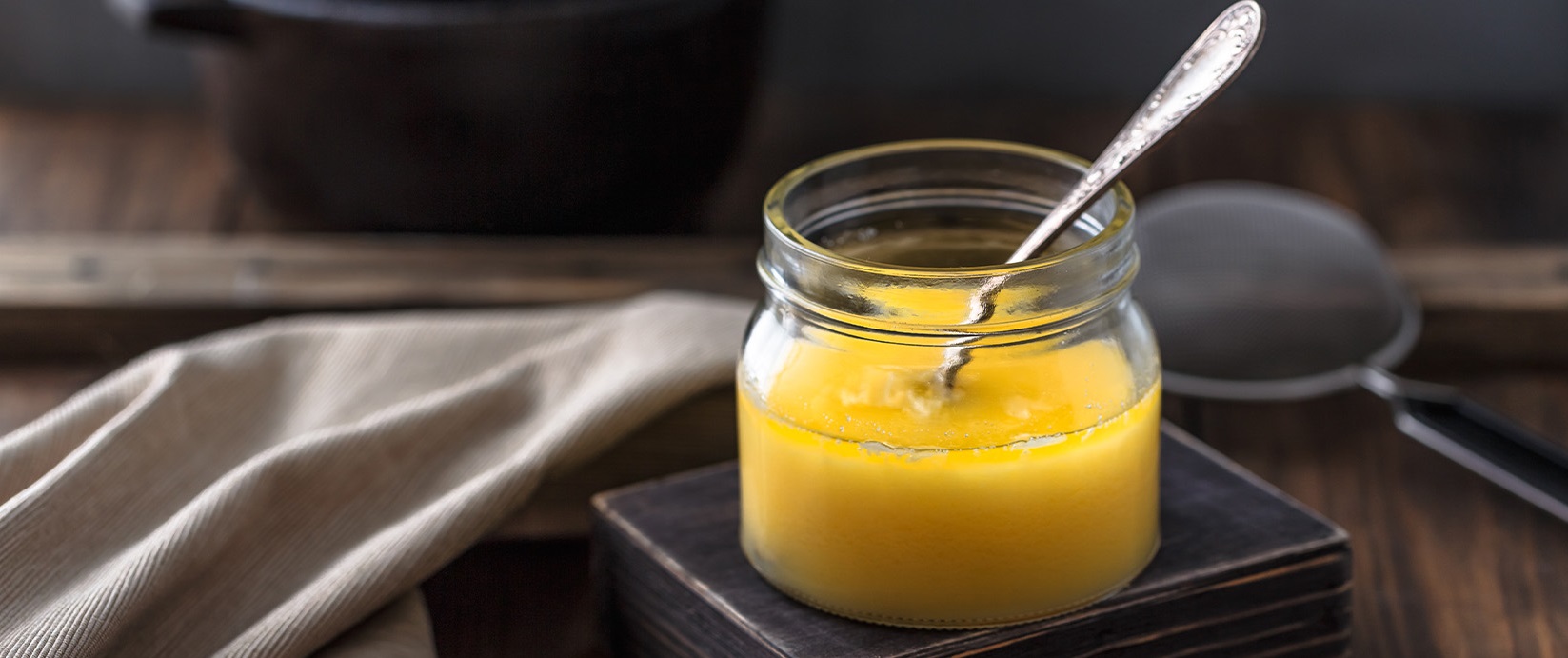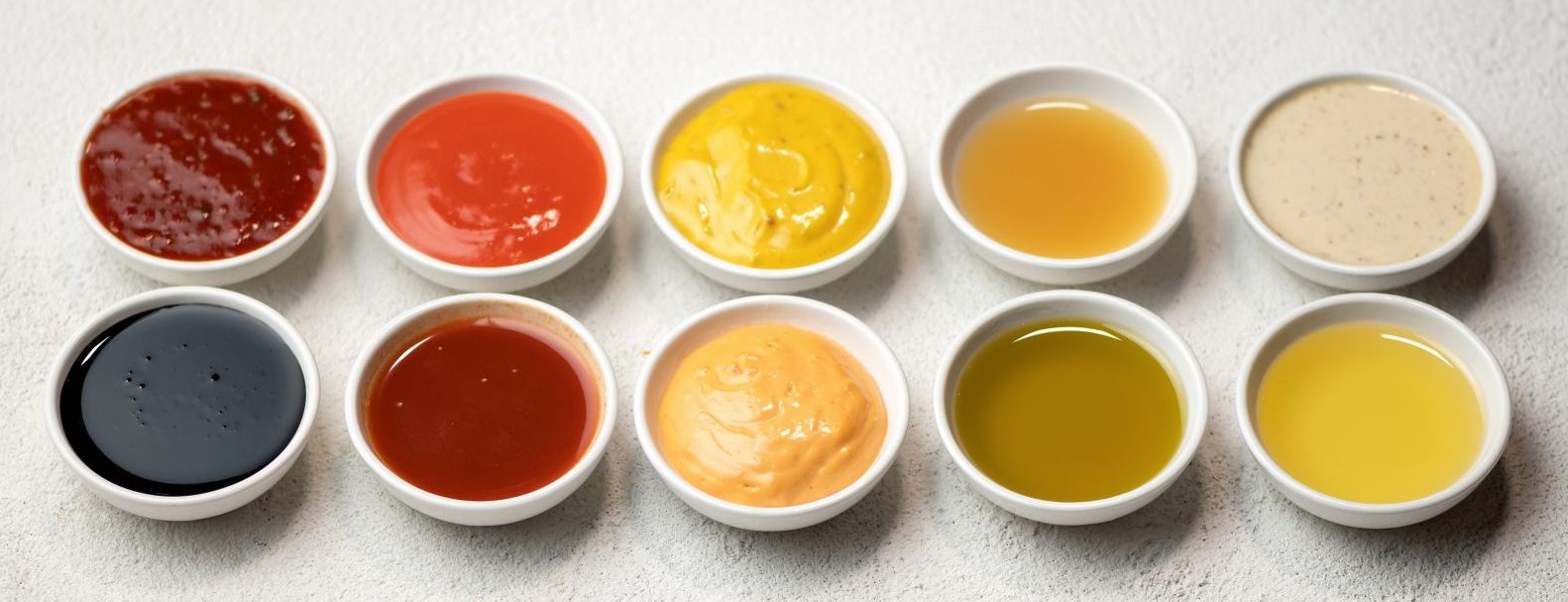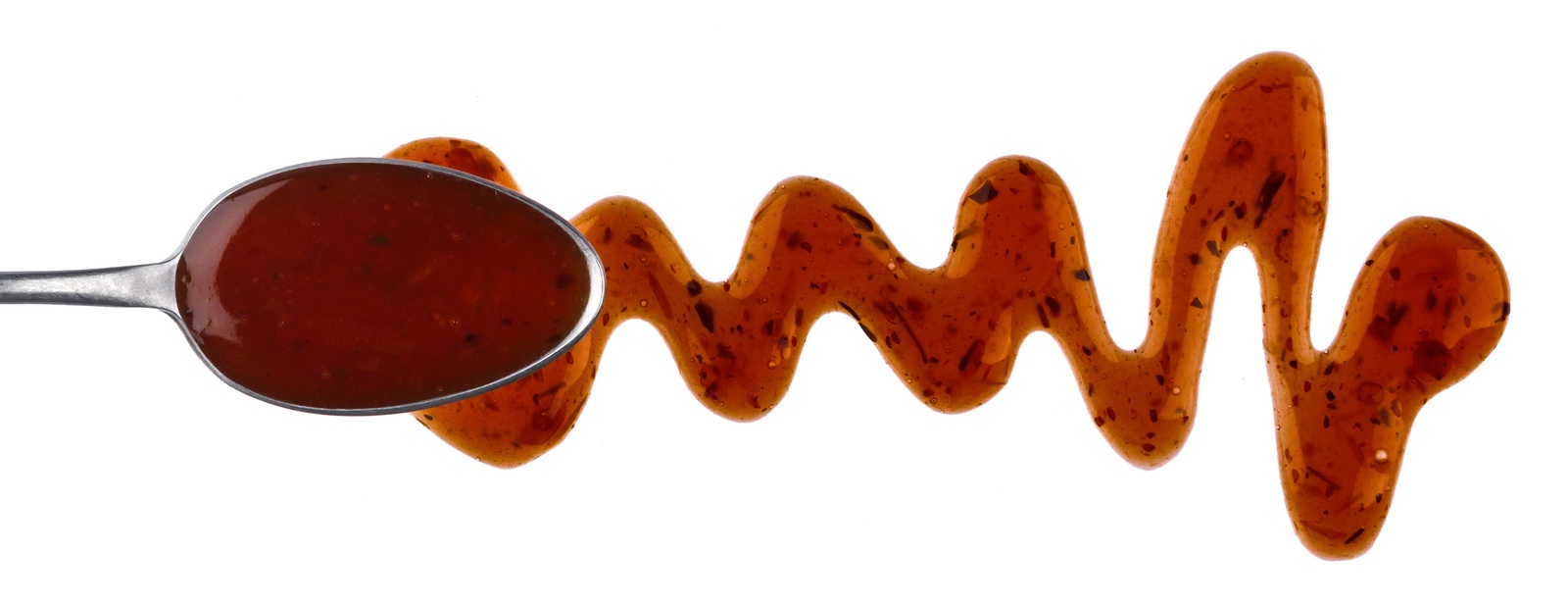HEAT EXCHANGERS
Heat exchangers designed for efficient thermal energy transfer
Heat exchangers ensure the effective transfer of thermal energy for various applications in the food processing industry. They are used for maintaining precise temperature control, enhancing production efficiency, and providing the necessary thermal energy. This exploration delves into the functions of heat exchangers, their types, and applications in food processing.
The role of heat exchangers in the food industry
Heat exchangers facilitate the exchange of heat between two mediums, ensuring that the water circulates through the heat exchanger, where it absorbs heat and releases it into the working chamber of a unit, or where a high-temperature fluid like water or steam inside a duplicator efficiently transfers the heat to a lower-temperature fluid in the working chamber, without direct contact between the two. This principle is integral in processes such as pasteurization, sterilization, and cooling within the food industry.
The operating principle of heat exchangers
Heat exchangers operate on fundamental principles, such as conduction, convection, and infrared radiation. They enable the efficient transfer of thermal energy, whether through direct contact, intensive hot air circulation, or infrared wavelengths that penetrate the productŌĆÖs structure, ensuring optimal heat distribution without compromising the materialŌĆÖs quality. Our heat exchanger systems aim to maximize thermal efficiency, reduce energy wastage, and maintain the temperature levels.
Types of heat exchangers
- Shell and Tube Heat Exchangers: These common types features a bundle of tubes or a shell, allowing efficient heat transfer between two fluids on either side.
- Plate Heat Exchangers: Compact and versatile, these utilize metal plates placed in intricate patterns that enable efficient heat exchange.
- Scraped Surface Heat Exchangers: Utilizing a rotating blade or scraper, these exchangers are ideal for handling viscous or fouling-prone fluids, ensuring efficient heat transfer.
- Double Pipe Heat Exchangers:┬ĀA basic simple design consisting of two pipes, this type is ideal for small-scale applications.
Applications in the food industry
Heat exchangers find wide applications across various food processing stages:
- Cooking: Heat exchangers are used in cooking processes, for efficiently transferring heat to a variety of products to ensure consistent results.
- Pasteurization: Ensuring products are safe for consumption, heat exchangers facilitate pasteurization by rapidly heating and then quickly cooling the product.
- Sterilization: Vital in canning and packaging, heat exchangers help maintain product integrity and shelf life through controlled heat treatment.
- Cooling: Used for rapidly cooling and maintaining precise low temperatures during production, heat exchangers ensure product safety and consistency.
- Frying: Heat exchangers are used to maintain optimal frying temperatures, ensuring crispy, golden products while minimizing oil degradation.
Advantages of heat exchangers
- Energy Efficiency: By efficiently transferring heat between fluids, heat exchangers reduce energy consumption and operating costs.
- Product Quality: Precise temperature control helps maintain the desired characteristics and quality of food products.
- Environmental Impact: Lower energy consumption contributes to reduced carbon emissions and a smaller ecological footprint.
Reliable heat exchanging solutions with FoodTechProcess
At FoodTechProcess, we specialize in providing equipment including heat exchangers for a variety of products in the food industry. Heat exchangers ensure effective thermal transfer, precise temperature control and energy efficiency. Focused on food processing, our heat exchangers contribute to higher productivity and reduced energy consumption.
Electric continuous flow heaters in different designs and performance parameters.
- Heating: Electricity
- Material: Stainless steel
- Country of origin: Slovakia
- Type of pump: sealless pump
The plate heat exchanger is designed for cooling/heating and transfer liquid products such as milk, water, juices, syrups etc.
- Type of the equipment: Individual machine
- Country of origin: EU
Vertical shell and tube heat exchanger is designed to heat and cool such viscous/pasty products as sauces, mayonnaise, creams yogurts, jams, caramel, baby food, honey etc.┬Ā
- Material: Stainless steel
- Principle of operation: Continuous mode
- Country of origin: Slovakia
Shell-and-tube or tabular heat exchanger is designed to heat and cool viscous/pasty products such as sauces, mayonnaise, creams yogurts, jams, caramel, baby food, honey etc. Shell-and-tube heat exchangers are one of the most widely used units due to their robust design and a variety of options to suit different operating conditions.
- Material: Stainless steel
- Principle of operation: Continuous mode
- Country of origin: Slovakia
The tubular pasteurizer is typically designed for pasteurizing cream in butter production lines. These pasteurizers are commonly used in dairy processing industrial facilities, especially in butter production and other related sectors.
- Material: Stainless steel
- Principle of operation: Continuous mode
- Country of origin: Slovakia
The price is indicated without the control unit
The heat exchanger is designed for efficient and gentle heat treatment: heating and cooling liquid and pasty products, including those with a high viscosity, such as jam, chocolate, caramel, glazes, creams, marinades, baby food, honey, fish or meat stuffing and many similar products.
- Uniform thermal processing of thick and viscous products thanks to the supply of the coolant into the duplicator
- Efficient heat transfer due to especially shaped blades
- Continuous operation that does not allow the product to locally overheat or overcool
- Intensive heat transfer due to the internal mixing of the product with scrapers
- Material: Stainless steel
- Principle of operation: Continuous mode
- Country of origin: Slovakia
- Volume: 250l/ 500l
- Voltage: 380-400V
- Heat transfer area, m┬▓: 2,7/ 5,4/












